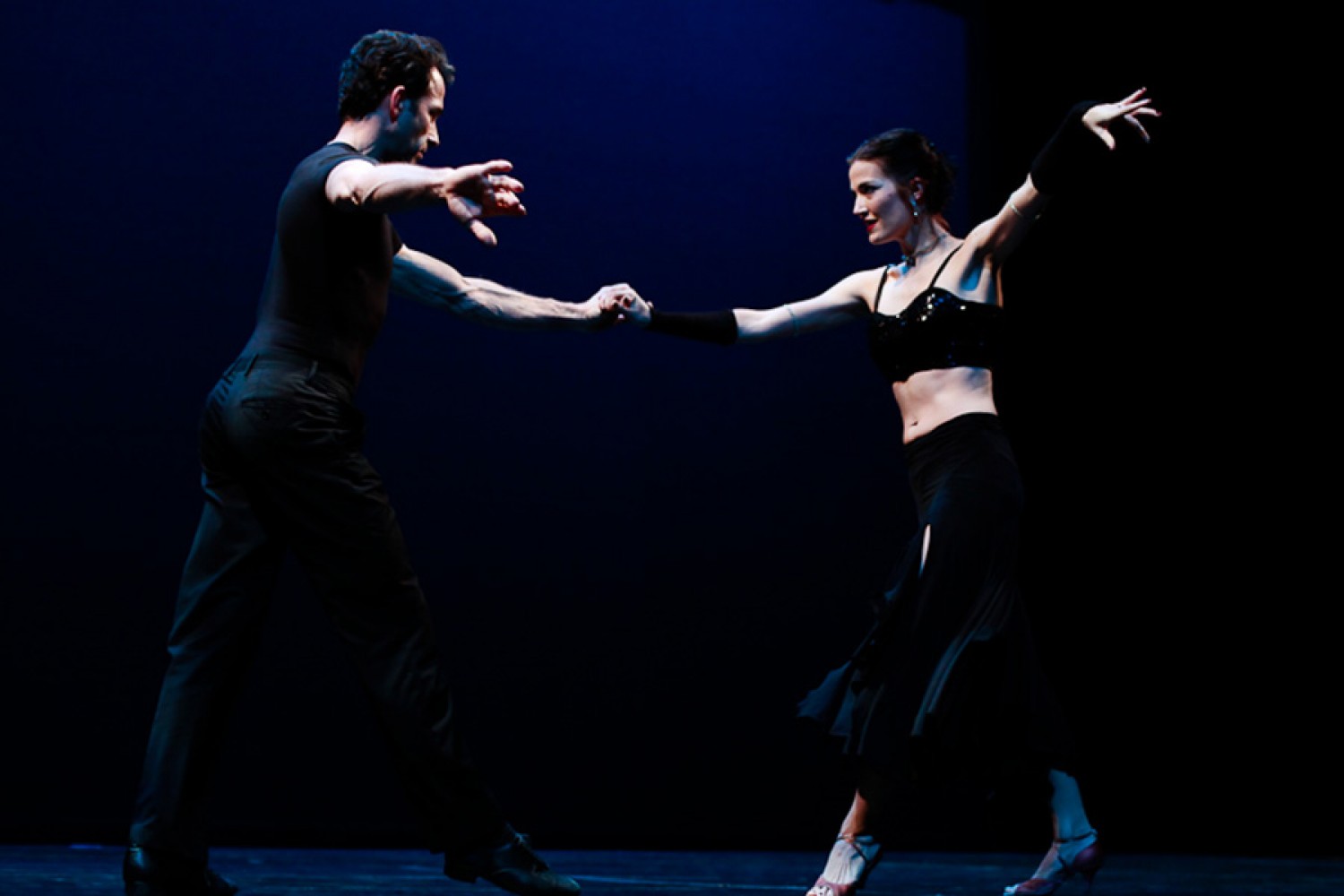Addiction: The Downside of Staying Fit through Dance

Last night, my wife and I danced at a wedding until after midnight. It was sweaty, crazy fun, and the good feeling stayed with me even after waking up today. I think we can all admit – staying fit is never more fun than when we are dancing. Like all good-feeling hobbies however, there is the risk of taking it too far.
Thing is, most people don’t recognize exercise as a potential addiction the same way they do with drugs or alcohol. Instead, we praise each other for losing a few more pounds, a few inches off our waist, or more muscle tone.
According to dictionary.com, addiction is defined as “the state of being enslaved to a habit or practice, or to something that is psychologically or physically habit-forming”. In other words, some of us cannot stop dancing to stay fit even if we want to, and we’re in trouble if it starts overshadowing other parts of our lives.
Getting obsessed about body image is a prime example. One student of mine confessed she used to be weighed at the end of every rehearsal, and the skinnier dancers tended to get the best roles in performances. While many studios today have softened their standards, many still idolize the slim “dancer’s body”.
While staying fit is a natural result of dancing, the praise and accolades that come with it can be seductive. One dancer talked of feeling “regularly ill”, and in constant pain, a result of too much exercise with not enough recovery time. Why did she continue? Because she was constantly praised for how good she looked!
Our best dancing comes out when both mind and body have been given time to rest and recover. Our muscles literally knit themselves back together when we sleep, preventing the small pains of exercise from turning into a serious injury.
There are less obvious reasons why some take staying fit to the extreme. For example, dopamine and serotonin are feel-good hormones released during any physical exercise. Some dancers use this pleasurable feeling as a way to hide from some part of their life they don’t want to face – a stressful job, or domineering parent, for example.
As the writer of The Dancing Grapevine puts it: “don’t let dance stand in the way of managing your life.” When you take a good thing like dance and use it to avoid dealing with your problems, it stops being being good. But by scaling it back, you will have time and energy to deal with those issues that trouble you.
Like I said – dance is a great way to stay fit, and for SO much else otherwise. Just make sure you leave room for other things that are just as important, like maintaining healthy relationships, meeting career goals, and keeping a piece of mind. After all, good health is more than just skin-deep.
Sources:
http://www.danceplace.com/grapevine/the-dark-side-of-dance-addiction/
http://www.dictionary.com/browse/addiction
https://www.psychologytoday.com/ca/blog/in-excess/201509/blame-it-the-boogie
http://www.brigfield.org/2017/04/27/fat-ballerinas-and-the-role-of-body-image-in-the-dance-world/
https://greatist.com/fitness/exercise-addiction
About the Author
Ian Crewe has been dancing ballroom for over 18 years, and has a Licentiate in American smooth and rhythm. His passion for dance eventually led him to blogging and the World Wide Web. Ian currently teaches at the Joy of Dance Centre, Toronto, ON, Canada.

